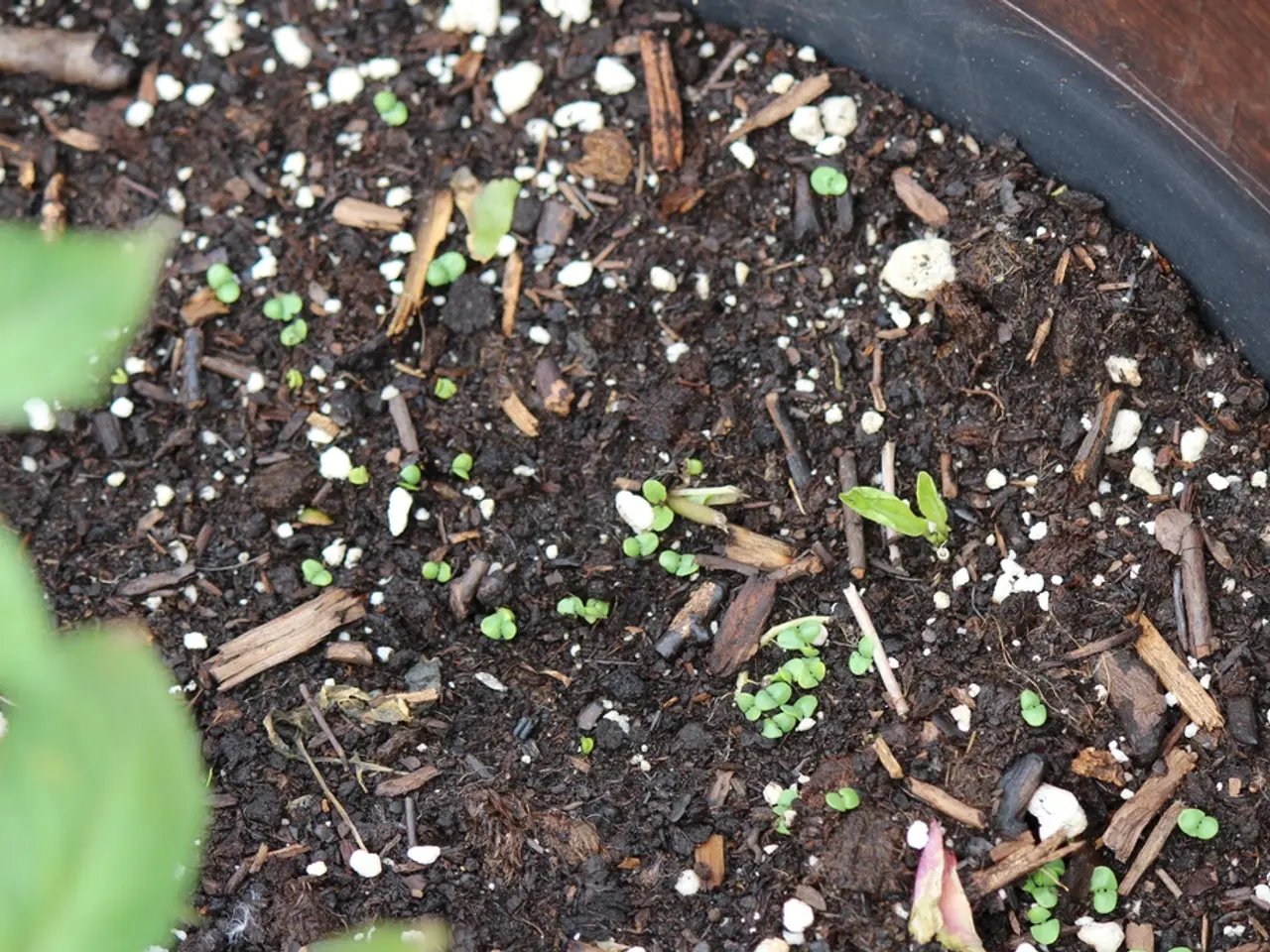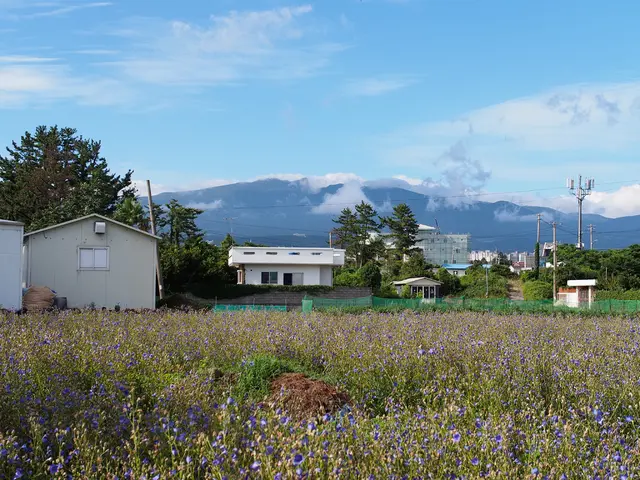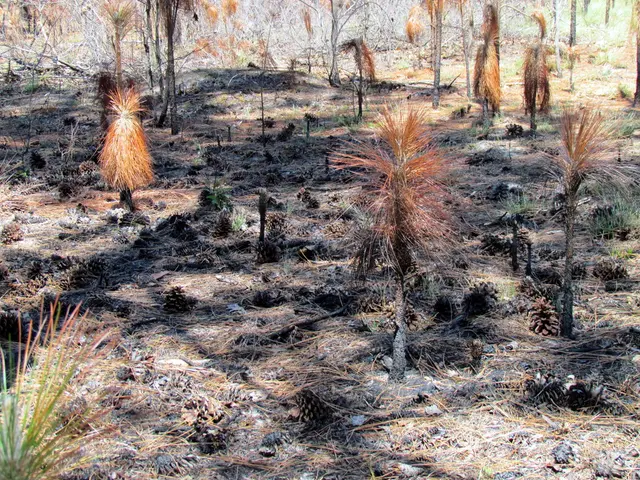Vegetation's Transformation: Merging with the Earthy Depths
Soil, a vital component of our ecosystem, is formed through a complex process influenced by five main factors: climate, organisms, relief, parent material, and time. This process is known as soil formation or pedogenesis.
The mineral material from which soil forms is called the parent material. It can be rock or transported materials deposited by water, wind, ice, or gravity. Over time, soil constituents move within the profile and/or between horizons, resulting in noticeable alterations in colour, texture, and structure.
Soil fertility, the ability of soil to provide essential nutrients to plants for growth, is influenced by several factors. These include soil pH, the presence of organic matter, moisture content, incompatibility or hostility of some nutrients, soil density, cation exchange capacity (CEC), and the types of parent materials.
However, human activities have significantly impacted soil formation, altering soil composition, accelerating the time scale of soil formation, and influencing each of the original soil-forming factors. For instance, infrastructure development, including transportation networks and mining activities, have disrupted natural drainage patterns and soil-forming processes.
Modern agriculture, land-use changes, and pollution have altered soil microbial communities and reduced biodiversity. Soil microbes, essential for soil health and ecosystem stability, perform vital functions such as decomposing organic matter and improving soil structure. The area with a higher concentration and diversity of beneficial microbes is called the rhizosphere.
Human activities, such as the burning of fossil fuels and industrial processes, contribute to climate change, which in turn affects soil formation. Warmer, moister climates facilitate faster soil development, while cold or arid climates slow it down.
To maintain soil fertility, several practices are employed. Soil conservation practices such as crop rotation, cover cropping, and reduced tillage help maintain soil fertility by improving soil structure, organic matter content, and reducing erosion. Organic methods to improve soil fertility include crop rotation, bush fallowing, no-till farming, growing cover crops, use of manures, weed control, mulching, use of cover crops, use of organic matter, tillage minimization, compost tea, and alfalfa meal or pellets.
Inorganic methods to improve soil fertility include smart use of fertilizers. However, tillage practices and chemical fertilizers, pesticides, and herbicides can negatively impact soil microbes.
Soil erosion can lead to water pollution as eroded soil carries nutrients, pesticides, and other chemicals into nearby water sources. On the other hand, soil conservation can help combat climate change by sequestering carbon in the soil and reducing greenhouse gas emissions. Soil conservation practices such as no-till, reduced-till, and conservation tillage help protect soil ecosystems and promote the growth of plants and other organisms that depend on the soil.
The sustainability and prosperity of life depend on the quality of soils. Thus, it is crucial to carefully monitor and manage human activities to ensure the long-term health and productivity of this critical resource. Soil conservation is not only crucial for maintaining soil fertility and reducing erosion but also for promoting sustainable farming practices. By doing so, we can ensure a healthy ecosystem for future generations.
Read also:
- Benadryl: Impact on Pregnancy, Breastfeeding, and Beyond
- Company manufacturing Plumpy'Nut is thrilled beyond belief!
- Enhancements to Networking in Senior Care, Fedding Positive Experiences for Service Providers and Elderly Residents
- Ileostomy stool caracteristics: What's normal after undergoing an ileostomy?








